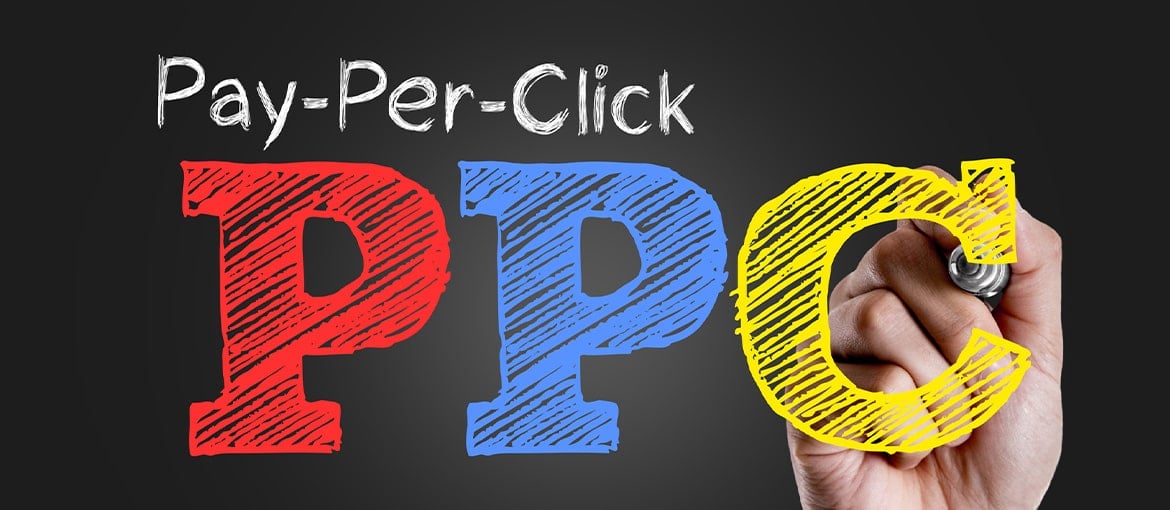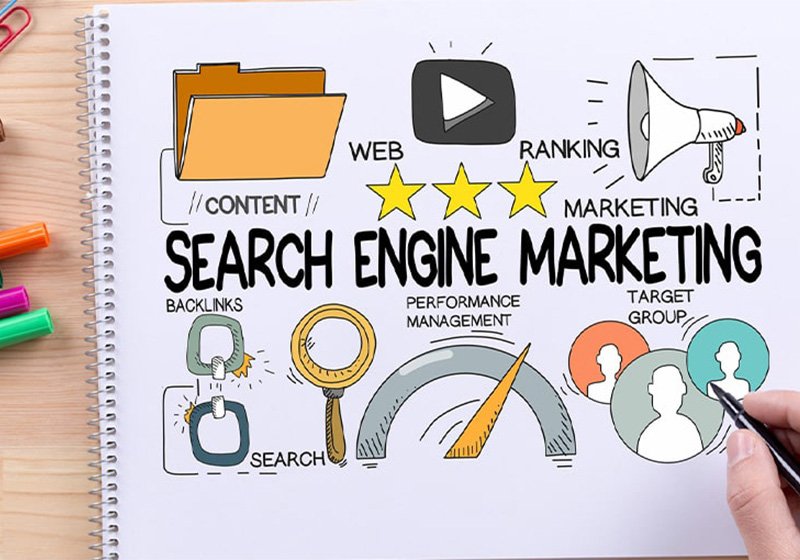Table of Contents
SEM (Search Engine Marketing): what it means and some useful tools for applying it
SEM is one of the most powerful and effective ways to increase your business’ online visibility (and therefore your sales opportunities), so it’s well worth looking into if you’re not yet acquainted with it. We’ll introduce you to it in this article, including an interview with Francesco Gavello, a Google Ads consultant and expert trainer. But first, let’s start with the basics.
What is Search Engine Marketing (SEM)?
Search Engine Marketing (SEM) is a branch of online marketing that aims to direct people to a website. It is therefore a form of digital advertising.
There’s another acronym you need to know under the SEM umbrella: SEA (Search Engine Advertising). This incorporates all advertising that aims to ensure a website ad ranks highly on SERPs – search engine results pages – and so obtains high-quality traffic for specific searches.
The most important aspect of this type of activity, and the reason businesses are prepared to invest money in it, is that it intercepts qualified traffic: with SEA, the people who reach your website are genuinely interested in the products or services you offer, which significantly increases your opportunities to get yourself known and boost your sales.
An excellent SEM strategy will enable you to:
- get your ad near the top of the rankings on the SERP;
- increase the visibility of your business;
- compete with other brands, both direct or indirect competitors;
- increase your sales opportunities.
Talking about visibility, this brings us to an obvious question…
What’s the difference between SEO and SEM?
We’ve explained what SEO is in a previous article: a combination of actions and strategies that optimise a website so it ranks well and organically (i.e. without having to pay) on search engines. Both SEO and SEM have the same ultimate goal: bringing qualified traffic to a website or webpage. So what’s the difference between them?
The first major difference is that every SEA a
ction has a cost. To put it simply, a business pays every time someone clicks on their sponsored ad.

The second difference is connected to timescales: SEA can create brilliant results instantaneously, but once the promotions end, the results start to fade. SEO, meanwhile, (mostly) ensures long-lasting results. It is therefore vital that SEA actions are always combined with a flawless SEO strategy.
SEA strategy: where to begin
Search Engine Advertising refers – as the name suggests – to advertising on various search engines. However, to be honest, in the vast majority of cases it involves Google and its signature advertising platform: Google Ads. To better understand how this SEM tool works, let’s turn to our expert, Francesco Gavello.
Professionals and businesses can use Google Ads to beef up their marketing strategy through a series of tailored campaigns that aim to intercept high-quality traffic.

You can use search campaigns to intercept conscious intent from users who are using Google to search for solutions to known problems. The aim here is to show them a text ad, ideally as high as possible on the results page, which addresses their needs and convinces them to continue to your website.
Here are some key aspects to consider when planning an effective search campaign:
- The various search intents you want to intercept;
- The available budget;
- Market trends;
- The products or services you wish to promote;
- The margins on these products or services;
- The marketing levers you can pull.
You need to consider all these variables (and some other secondary aspects, which we won’t look at today) if you want your search campaigns to intercept the high-quality traffic you’re looking for.

As mentioned above, the first thing to do is define one or more search intents. Imagine you run an online business selling laptop bags of various types and different sizes. Some of these bags are designed for an audience looking for a ‘stylish’ product, perhaps made of ‘leather’ or with a specific ‘print’ or ‘fabric’. Others are aimed at an audience looking for a ‘lightweight computer bag’ or one with various technical functions, while others want one that is ‘slash-proof’ or ‘waterproof’. These are all different forms of search intent. Each of your products responds to a different search intent, and it is worth trying to imagine a dedicated advert and a separate webpage for each one.
This preliminary work is known as keyword research. It involves sifting through all the intents on the search engine, with the ultimate aim of understanding the market better (or, as I like to say, understanding how people think about your products and services) and estimating the budget required to cover it sufficiently.
Good keyword research can also identify market trends at different times of year, the most active geographical areas and the most frequently used devices. This precious information can help you tweak the settings of your campaign and target it more precisely.
Of course, not all the products or services in your catalogue will be suitable for a Google Ads campaign. Some may not get enough searches, perhaps because they have specific innovative features and therefore are not well enough known or sought after.
Other products you sell may not have enough margin to make a promotion on a platform where you pay per click (in various ways) viable. For example, if a product has a profit margin of £20, you can’t spend more than £20 promoting the sale. Ignoring other overheads for simplicity’s sake, if every click on the search result cost £2 on the platform, you would need to generate a sale once every ten clicks to at least break even: quite a challenge. Products with a low margin or with excessively high costs per click, combined with underwhelming website conversion rates, make it almost impossible to turn a profit. It is worth examining this scenario long before starting a campaign, to avoid wasting your budget.
If the product is right and the conditions are optimal for an advertising campaign, this is where marketing levers start coming into their own. If you know the strengths and weaknesses of your products compared to those of your competitors, you’ll be able to create more relevant and effective ads. Including extensions in your adverts – text, telephone numbers, links, website addresses, etc. – will help you entice users to click on your ad.
Google Ads: a complex tool
It’s worth emphasising that Google Ads is a complex tool, where various elements have to work together to create good results in one or multiple campaigns. In addition, search campaigns are only one of many options – including display, shopping, local, video and app (including remarketing) campaigns – available on the platform to knowledgeable advertisers.
There certainly isn’t space in this brief article to cover everything, but I hope I have whetted your appetite enough to take a more in-depth look at the world of search engine marketing.



